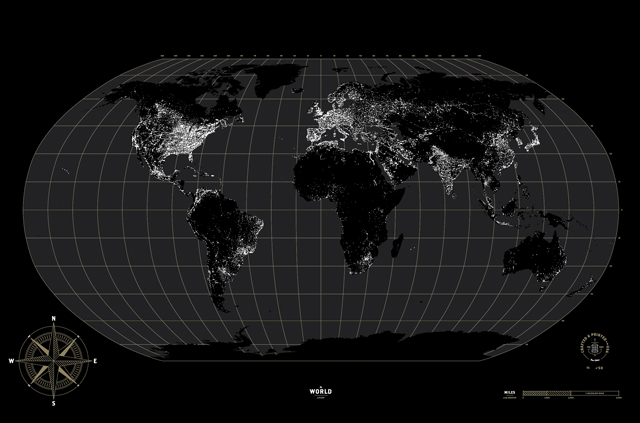Who could tell what is happening to the world today?
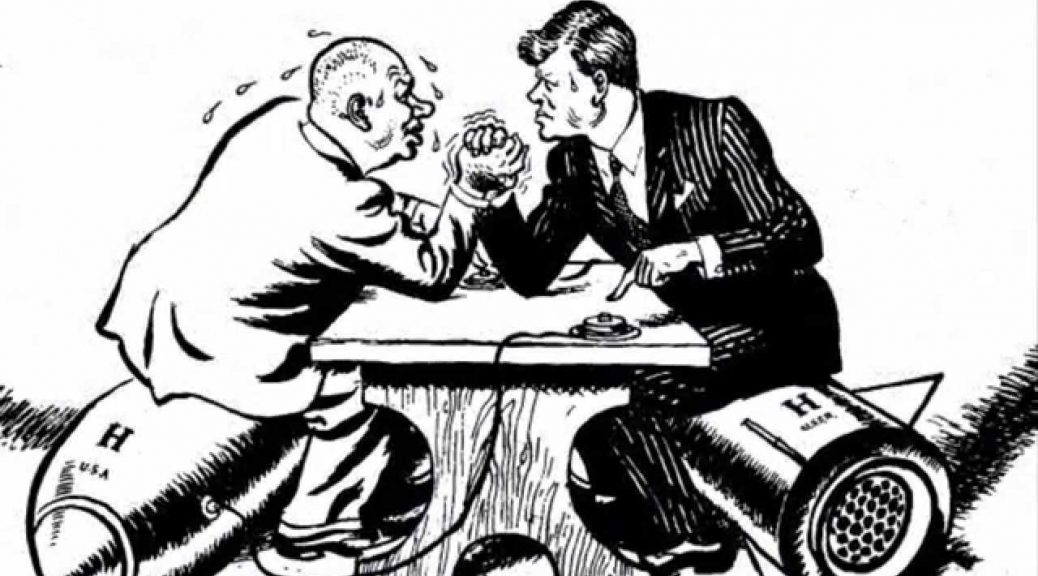
Well, the Hobbesian Trap, also called Schelling’s Dilemma, is the name given to the analysis of a situation in which, in a context, players engage in a spiral of fear and armamentism that feeds fear and can thus generate negative results for all the players involved.

This is a situation studied in game theory, which was a field of economics and mathematics that gained momentum after the second war, precisely in a context in which both the American and Soviet governments invested hefty sums in nuclear weapons as shields of containment of the advance mutual. It was precisely in this period that intellectuals like Schelling and Nash thought mathematical models capable of simulating the possible political-military scenarios derived from every state decision made at that time in history.
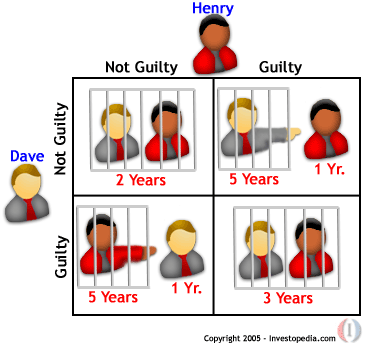
Thomas Schelling was a trusted man of President Kennedy and was at his side handling the historic episode of the missile crisis. He also coined such concepts as the famous “Red Phone” between the White House and the Kremlin (which was not really a phone) and concepts like critical mass and the Hobbesian trap.
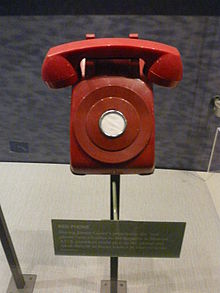
We are, to a certain extent, facing a new missile crisis, now between the United States and China. But not with physical missiles, but “explosive” data, by information flow. Like computer viruses, espionage of critical enemy information, or even internet memes designed to cause psycho-emotional reactions in specific demographic segments.
The point is that in the information age, of course, information has turned into a weapon. So the centers of power began to produce two kinds of information, useful and toxic.
A useful information is what serves as a subsidy for good actions. Toxic information is the one created to confuse and produce actions at the enemy’s own detriment.
In this way, nuclear war evolved from the sub-atomic to the metaphysics of virtual games, capable of subjecting the resources of the enemy against itself, invading the communication networks of adversaries and disseminating false and controversial information to hinder the effectiveness of their actions, and potentially, controlling and directing their actions fully to their interests.
Who clears the psychomechanical principle behind this is the pioneer of the gamma Yu Kai-Chou, who identified psycho-emotional triggers for actions by a user that he named as White Hat and Black Hat gamification.
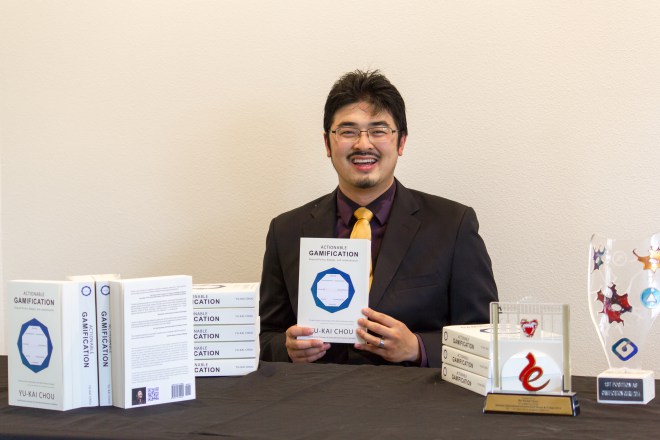
The Nature of Motivators White Hat vs. Black Hat in Gamification
White Hat motivators are central elements of
motivation that make us feel powerful, filled
and satisfied. We can feel the control of our
lives and actions. In contrast, Black Hat motivators,
make us feel obsessed, anxious and addicted.
It often leaves a bad taste in the mouth because
we have control of our own behavior.
How Advantages of White Hat Gamification are obvious and
a majority of companies that learn my structure
thinks, “Okay, we need to do the White Hat!” They
would be almost certain except that there is a weakness
White Hat Motivation: does not create a sense of
urgently.
For example, if I approached you with great
enthusiasm and exclamation: “Go out and change the world today!”
You can get very excited about this
Core Drive 1 and can agree, “Yes! I’m leaving, and
change the world! But I’ll have a good coffee first.
morning, brush my teeth and prepare for the
day! “As you can see, there is no urgency with this
stimulus level White Hat.
However, if I take a gun and point it at your
head, while whispering silently, “get out and
change the world, or I’ll kill you, “you still
probably “change the world,” but you probably
will not enjoy your good breakfast or brush
my teeth being pressured by my threat
Core Drive 8: loss motivation and avoidance.
Of course, at this point you do not feel well either.
change the world. Once you can leave my
reach, you’ll probably stop caring
and leave the noble cause altogether. That is, the
less than the epic meaning and the call is
regenerate from within.
https://yukaichou.com/gamification-study/white-hat-
black-hat-gamification-octalysis-framework /
Thus, modern cyberwarfare began to employ this principle as a weapon and to massively produce and disseminate toxic information capable of inducing entire populations to make incorrect decisions for their individual and collective interests and objectives.
The success of these tactics has already been proven by important plebiscites such as Brexit and the election of Donald Trump

Its use was denounced by a former employee of Cambridge Analytica, a company founded in 2013 by Steve Bannon and who developed a sophisticated system for identifying and segmenting groups of demographic profiles obtained through hacked data from social networks like Facebook, and so, produce fake news with specially crafted fake news with black hat tactics for their particular fears and paranoias.
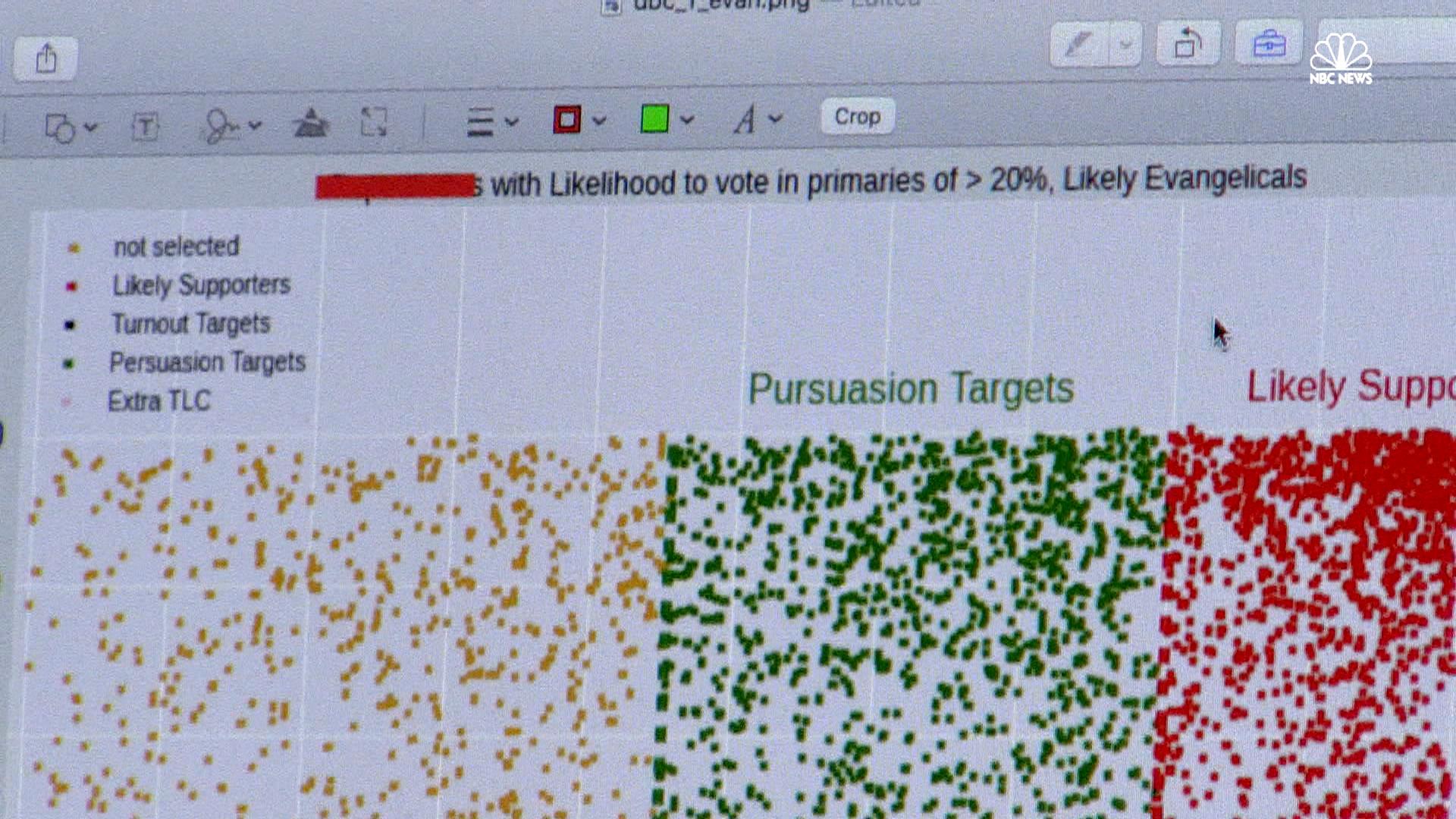
https://www.nbcnews.com/video/cambridge-analytica-explain-the-value-of-big-data-800819267753?v=railb&
As a result of the escalation of the application of these cyber warfare tactics, every election that has taken place in democratic countries today is under threat of external influences. And its influence is obviously not for the election of the best politicians. The tactical goal is precisely to influence the election of the worst possible politician to destabilize, from the inside, the opposing bloc with the election of a controversial leadership.
And with the evolution of this game, the world takes the risk of being totally caught up in a planetary “Hobbesian trap” that can globalize the politics of fear and hatred in the world under the most incompetent and authoritarian leaders possible, at a police state.
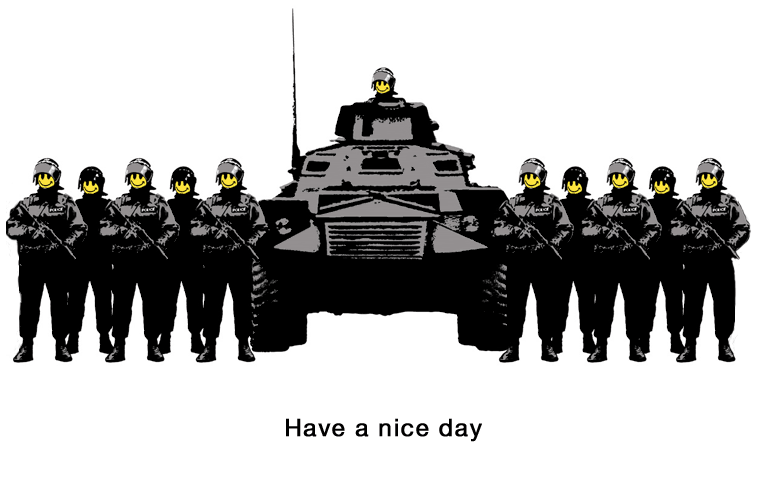
The only countries immune to this game are precisely the most closed countries, and where the internet is more controlled and politics monopolized by a single political party or group, such as China, Russia, Iran or Saudi Arabia.
According to Schelling, the only way to avoid this spiral of fear and aggression is to create mechanisms that restore confidence between the parties in the conflict, such as the Red Telephone between the White House and the Kremlin, during the cold war period. But what would be the Red Phone today?
